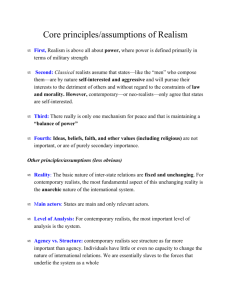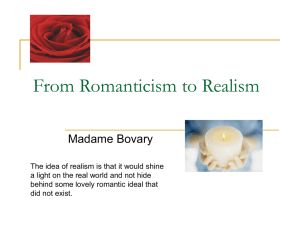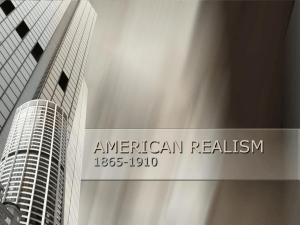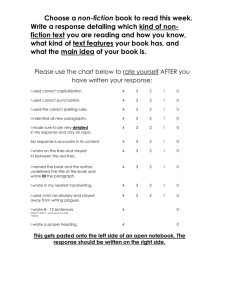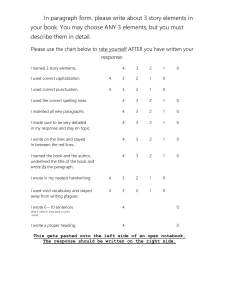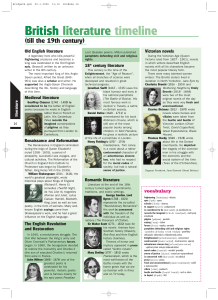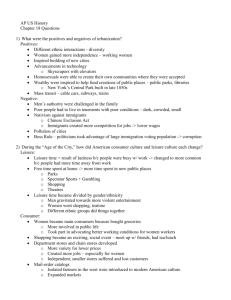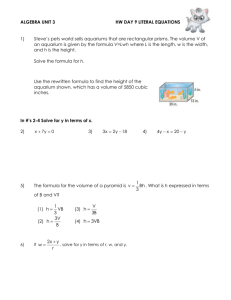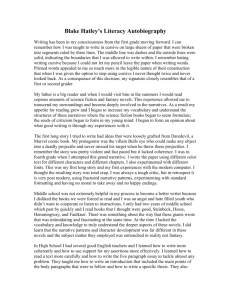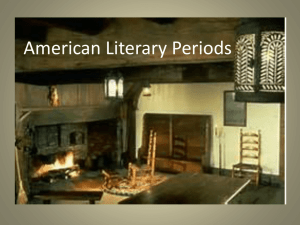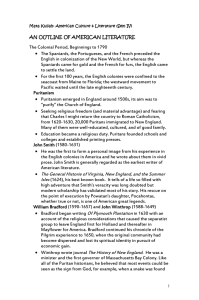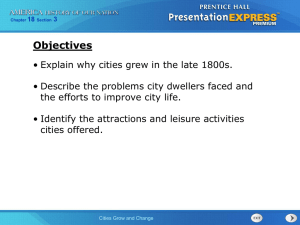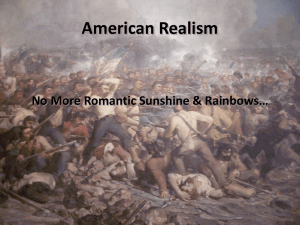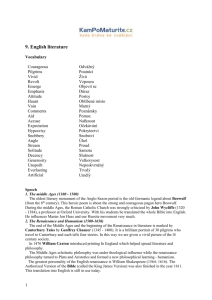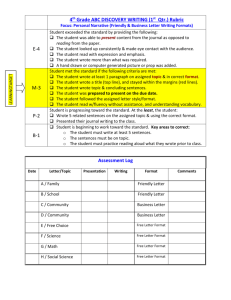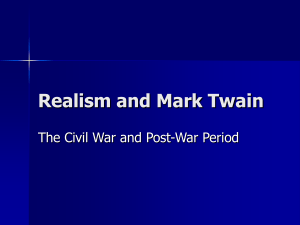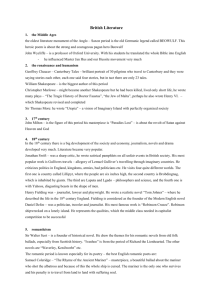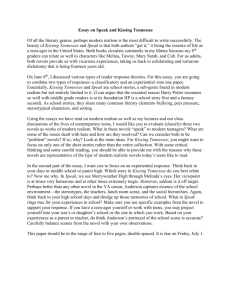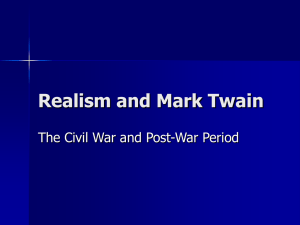Chapter 21 Section 2 I. An Age of Cities A. Urbanization 1
advertisement
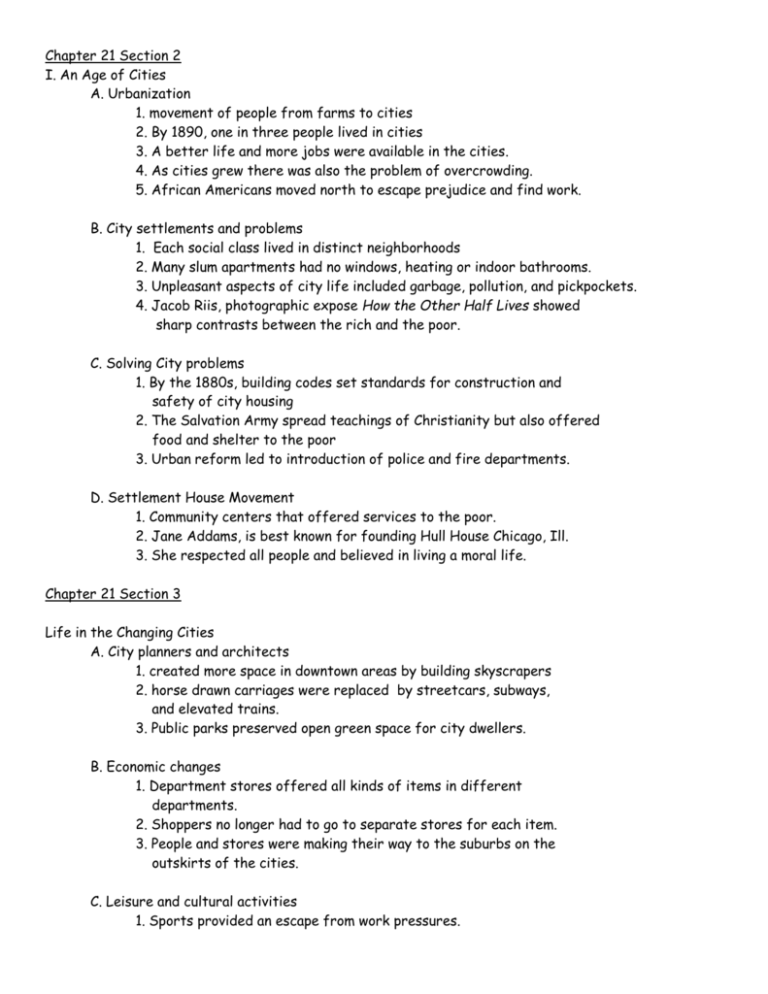
Chapter 21 Section 2 I. An Age of Cities A. Urbanization 1. movement of people from farms to cities 2. By 1890, one in three people lived in cities 3. A better life and more jobs were available in the cities. 4. As cities grew there was also the problem of overcrowding. 5. African Americans moved north to escape prejudice and find work. B. City settlements and problems 1. Each social class lived in distinct neighborhoods 2. Many slum apartments had no windows, heating or indoor bathrooms. 3. Unpleasant aspects of city life included garbage, pollution, and pickpockets. 4. Jacob Riis, photographic expose How the Other Half Lives showed sharp contrasts between the rich and the poor. C. Solving City problems 1. By the 1880s, building codes set standards for construction and safety of city housing 2. The Salvation Army spread teachings of Christianity but also offered food and shelter to the poor 3. Urban reform led to introduction of police and fire departments. D. Settlement House Movement 1. Community centers that offered services to the poor. 2. Jane Addams, is best known for founding Hull House Chicago, Ill. 3. She respected all people and believed in living a moral life. Chapter 21 Section 3 Life in the Changing Cities A. City planners and architects 1. created more space in downtown areas by building skyscrapers 2. horse drawn carriages were replaced by streetcars, subways, and elevated trains. 3. Public parks preserved open green space for city dwellers. B. Economic changes 1. Department stores offered all kinds of items in different departments. 2. Shoppers no longer had to go to separate stores for each item. 3. People and stores were making their way to the suburbs on the outskirts of the cities. C. Leisure and cultural activities 1. Sports provided an escape from work pressures. 2. The wealthy attended the symphony and opera. 3. Others were entertained at vaudeville shows. D. Music 1. The phonograph enabled more people to listen to popular music 2. African American composer, Scott Joplin developed ragtime. 3. Bands across America played John Philip Sousa marches. Chapter 21 Section 4 I. Public Education A. Educating Americans 1. An industrial society needed educated workers. 2. Many states passed compulsory education laws. B. Literacy rises 1. As education spread, people spent more time reading 2. Newspapers in circulation grew dramatically. C. Newspaper Boom 1. Joseph Pulitzer published the New York World 2. William Randolph Hearst published the New York Journal. D. Leisure readings 1. Horatio Alger authored more than 100 rags-to-riches stories for children 2. Mark Twain wrote satirical stories and novels about serious issues E. Realism Writers 1. Many new novels were written by realists. 2. Realists intended to show the costs of urbanization and industrial growth. 3. Stephen Crane wrote Red Badge of Courage 4. Kate Chopin wrote about life in New Orleans 5. Upton Sinclair’s The Jungle is believed to have persuaded the government to pass the Pure Food and Drug Act (1906) F. Realism Painters 1. Thomas Eakins painted medical and sports scenes 2. His most notable painting was the The Gross Clinic
